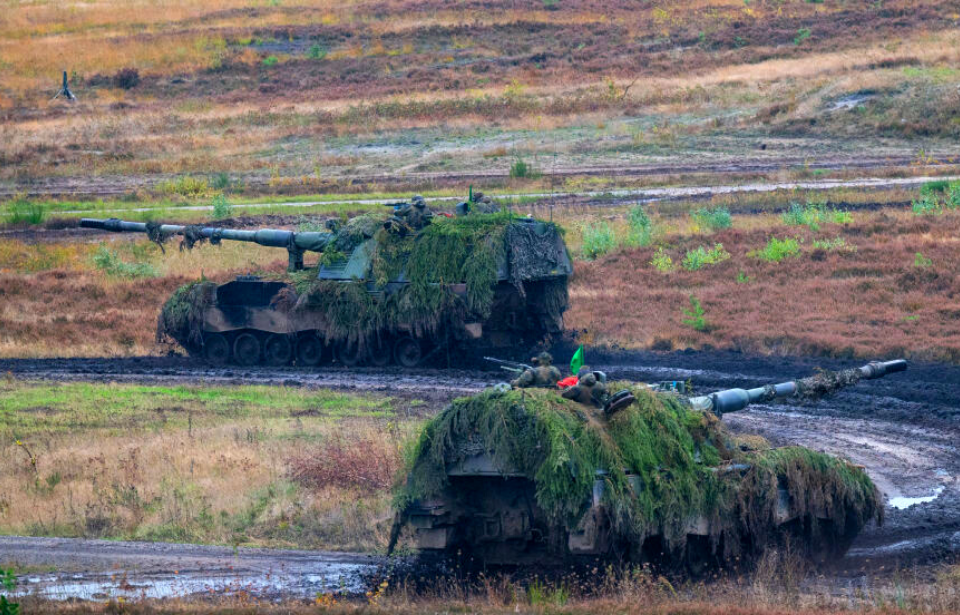In 1998, the German Army adopted the Panzerhaubitze (PzH) 2000, an incredibly powerful artillery system that remains in use to this day. It made a name for itself during the War in Afghanistan, earning the nickname “the long arm of [the] ISAF.” Recently, it was announced Germany would be delivering the self-propelled howitzer to Ukraine, to help the country defend itself against the ongoing Russian invasion.
Development of a new artillery system
The development of the PzH 2000 came about following the termination of the SP70 program between Italy, Germany and the United Kingdom. The project, initiated in 1973, had run into a number of financial and reliability issues, as well as design defects.
The SP70 program was replaced by a new Joint Ballistics Memorandum of Understanding (JBMOU), which called for a new .52-caliber barrel to replace the previously-used .32-caliber. A number of German industry leaders were asked to submit designs, from which the one by Wegmann was selected.
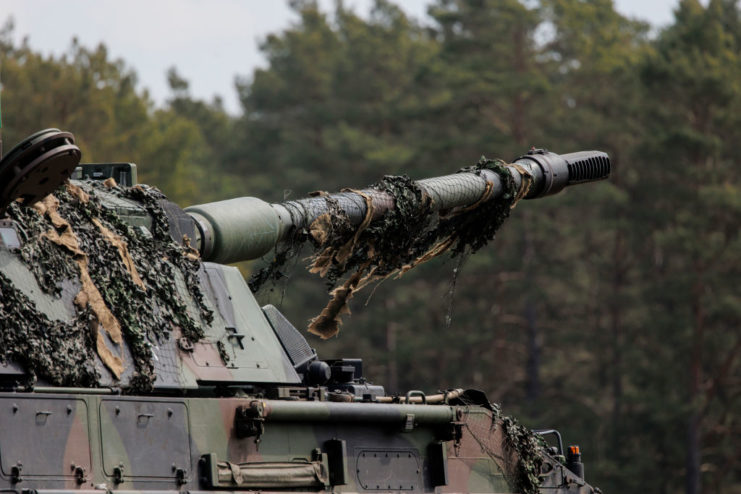
In 1996, Wegmann was awarded a contract for 185 units to be delivered to the country’s rapid reaction force, a marked decrease from the initial plan to order 1,254 prior to the end of the Cold War. This order of 185 was supplemented by an additional 410 units for the German Army’s main force.
In 1998, Wegmann and Krauss-Maffei merged to form Maffei Wegmann (KMW). They teamed up with Rheinmetall AG, a German automotive arms manufacturer, to produce the PzH 2000.
PzH 2000 specs
The PzH 2000 was developed for combined arms combat and to be used in both asymmetric combat scenarios and conventional operations. It has an operational range of 420 KM, with a maximum on-road speed of 67 KM/H and off-road speed of 45 KM/H. Its stellar performance in off-road conditions is attributed to its continuous tracks.
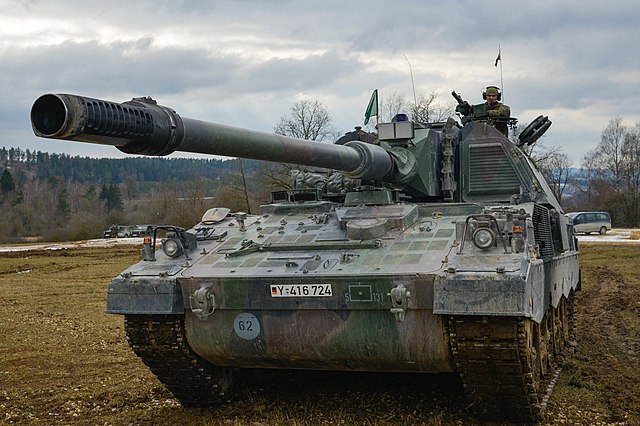
The artillery system features front armor that protects it from damage caused by 14.5 mm rounds, as well as all-around protection against artillery shells and small arms fire. It can also be fitted with armor on the roof, to protect the crew of five (commander, driver, gunner and two loaders) from counter-battery mortar fire. Paired with automatic fire suppression and a nuclear, biological, and chemical (NBC) protection system, the PzH 2000 is considered a rather safe military vehicle.
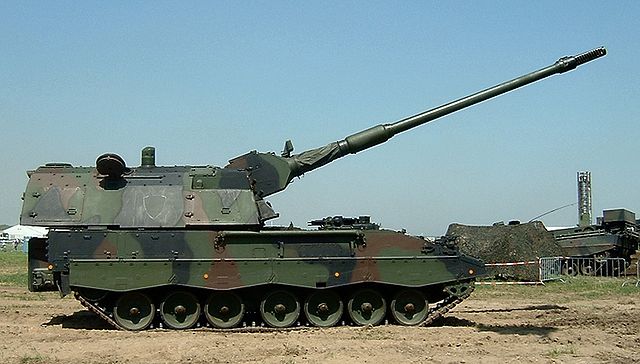
The PzH 2000 is armed with two guns. The main armament is the Rheinmetall 155 mm L52 Artillery Gun, which has a fully-automatic loading and ammunition management system. Compatible with standard NATO 155 mm ammunition, it uses a modular system with six charges, five of which are identical. The secondary armament is a 7.62 mm Rheinmetall MG 3 machine gun.
Among the projectiles the system can fire are:
- DM121 Boattail round, with an effective firing range of 30-36 KM.
- M1711 Base Bleed round, which is most effective at between 40-47 KM.
- South African V-LAP rocket-assisted projectile (RAP), with a range of 54-67 KM.
- German SMArt 155 mm artillery round.
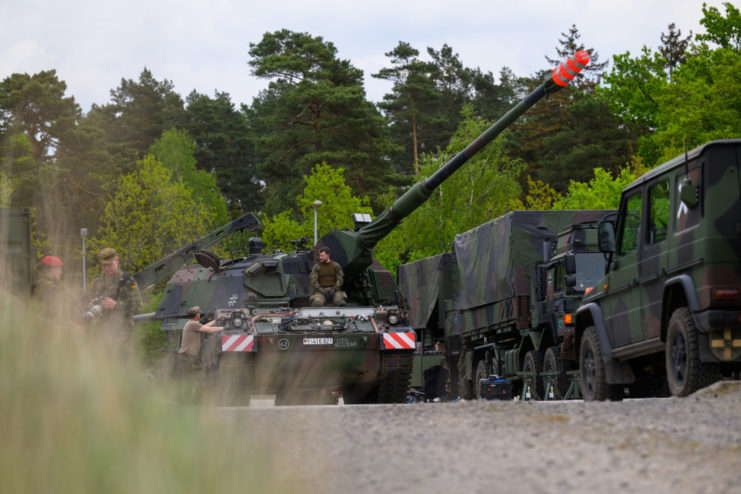
The rate at which the PzH 2000 can fire is incredibly high. When in burst mode, it can fire three rounds in nine seconds and 10 rounds in 56 seconds, depending on how hot the barrel is. This is thanks to the autoloader, which is electrically driven, digitally controlled and has the ability to load 60 ignited projectiles and charges in less than 12 minutes.
Use in Afghanistan and Ukraine
Since its introduction, the PzH 2000 has been adopted by many countries as a replacement for the M109 howitzer. Outside of Germany, the countries to use the artillery system include Greece, the Netherlands, Croatia, Italy, Hungary, Lithuania and Qatar.
Australia saw the artillery system as a potential contender for Phase 1C of its Land 17 Artillery Replacement Program, but that phase of the project was canceled in May 2012. It was revived in 2019. The US Army, too, considered it for the Crusader Concept System, but it didn’t meet the necessary requirements.
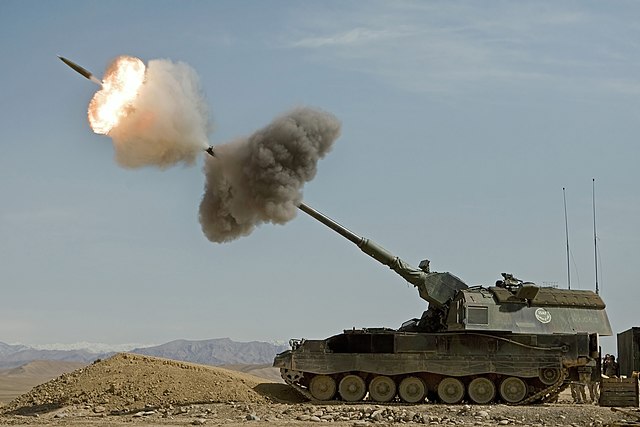
It first saw use in the War in Afghanistan, when, in August 2006, the Fire Support Command of the Royal Netherlands Army used it against the Taliban in the Canadian-led Operation Medusa. It was then used by coalition troops in Uruzgan Province, and later saw extensive use during the Battle of Chora and in Operation Halmazag.
While effective, a number of issues were noted with the PzH 2000 during this time. The primary problem involved the NBC system, which couldn’t cope with the amount of dust in Afghanistan. Other issues included the damage it caused to poorly-built roads; the need to keep it in the shade when it wasn’t being used; and its “cold gun” effect, which necessitated the use of “warmers.”
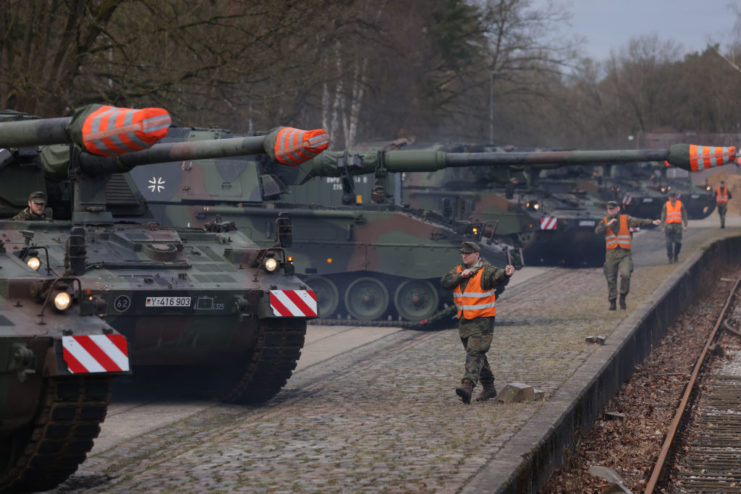
Recently, a number of PzH 2000s have been promised for use in the 2022 Russian invasion of Ukraine. The Netherlands Armed Forces promised five would be transferred to Ukraine, with training and ammunition provided by Germany.
More from us: Panzerfaust 3: Germany’s Modern Tank-Piercing Grenade Launcher
While Ukraine had initially stated its intent to possibly purchase a further 1,000 artillery systems from the German Army, Chancellor Olaf Scholz worried this would hurt the country’s abilities to fulfill its NATO commitments, as it would need time to replace the vehicles. In the end, Germany agreed to send seven to help the Ukrainian military defend against the Russian forces.
